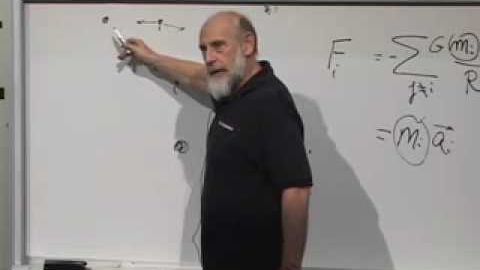
字幕と単語
アインシュタインの一般相対性理論|講義1 (Einstein's General Theory of Relativity | Lecture 1)
00
rachel6433 が 2021 年 01 月 14 日 に投稿保存
動画の中の単語
surface
US /ˈsɚfəs/
・
UK /'sɜ:fɪs/
- v.t.(道路を)舗装する : 新しい表面につくりかえる
- v.i.浮上する;浮上する;表面に浮上する
- adj.表面の
- n. (c./u.)表面 : 面 : 水面;うわべ : 見かけ : 外観;表面
A2 初級TOEIC
もっと見る エネルギーを使用
すべての単語を解除
発音・解説・フィルター機能を解除
